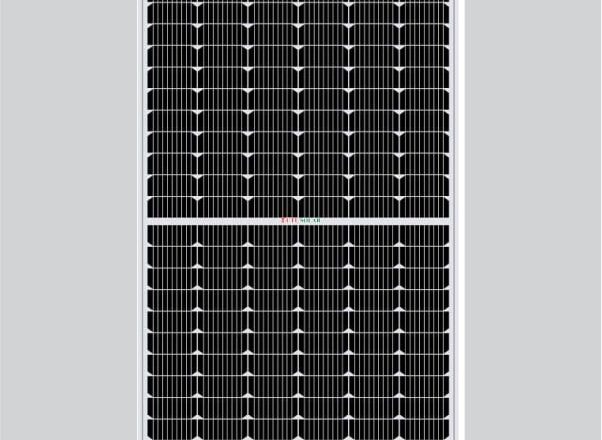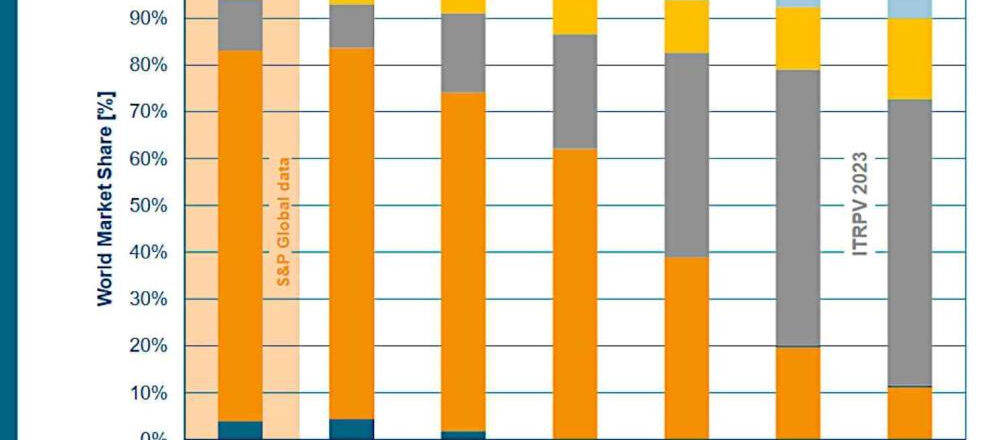TOPCon N-Type
TOPCon N-Type

What Are TOPCon Solar Cells?

P-type PERC vs N-type TopCon
PERC technology is a cost-effective compromise between efficiency and mass production. But increasing solar panel efficiencies using this method happens at a slow rate. Today’s mainstream P-type modules reach efficiencies of around 21.4% that will increase to 22.75% within the next 10 years.
A N-type TOPCon solar cell installed in a PV module looks identical to a PERC cell. P-type and N-type solar cells are both made from a silicon wafer. The difference between them lies in the way the wafers are doped with chemicals to improve electricity production.
In a nutshell, P-type cells are doped with boron, while N-type cells are doped with phosphorus. Comparatively, phosphorus degrades less than boron when exposed to oxygen. In addition, phosphorus doping adds free electrons to the wafer, which increases efficiency.
So, N-type based modules can achieve higher efficiencies. Today’s efficiencies of close to 22.5% will increase up to 24% or so within the next 10 years according to estimates.
The problem with the N-type manufacturing process is that it is still more expensive.

Advantages of TOPCon technology?
Manufacturing process
Higher efficiency
Lower degradation
Lower temperature coefficient
Bifaciality rate
Low light performance
Disadvantages of TOPCon technology?
Both TOPCon and PERC use silver paste during production. However, TOPCon uses silver paste on both sides of the cells. This means that costs will never go lower than that of PERC.
New manufacturing processes might be effective in reducing the required amount of silver, while still delivering similar or higher efficiencies. Lower costs, in return, will allow this technology to hit the market at reasonable prices.
There are other technical issues mentioned elsewhere: boron deposition, different requirements for clean room conditions that must be met, and the inability of the current selective emitter to apply to the TOPCon front emitter. These issues are beyond the scope of this article.

